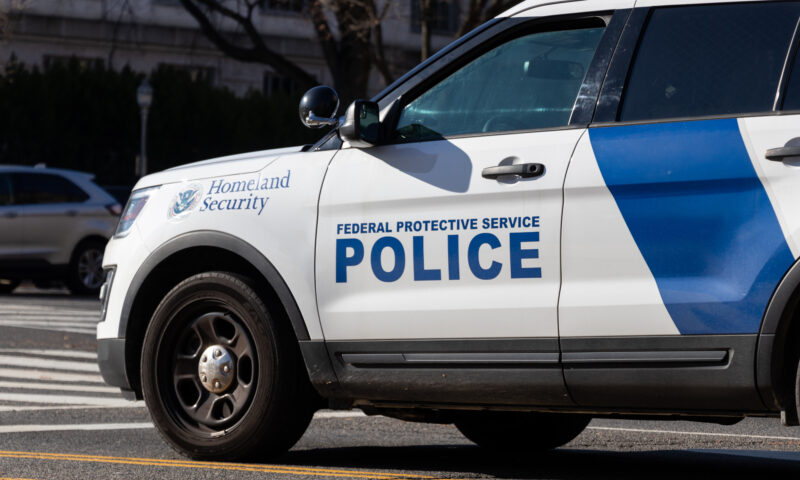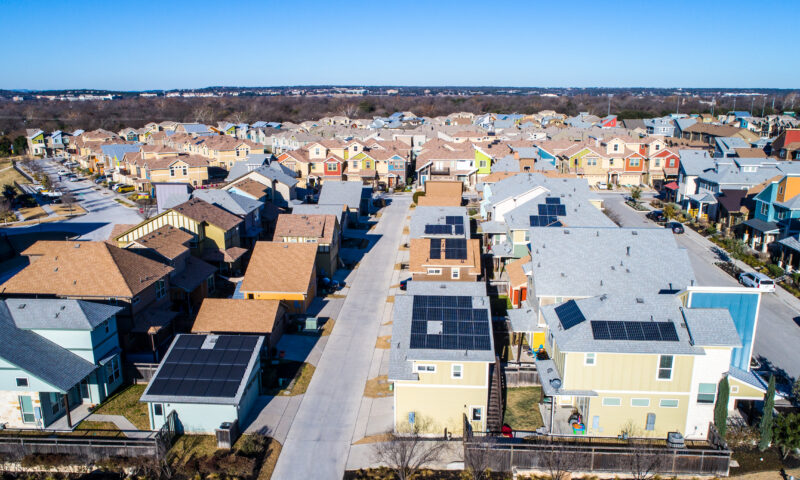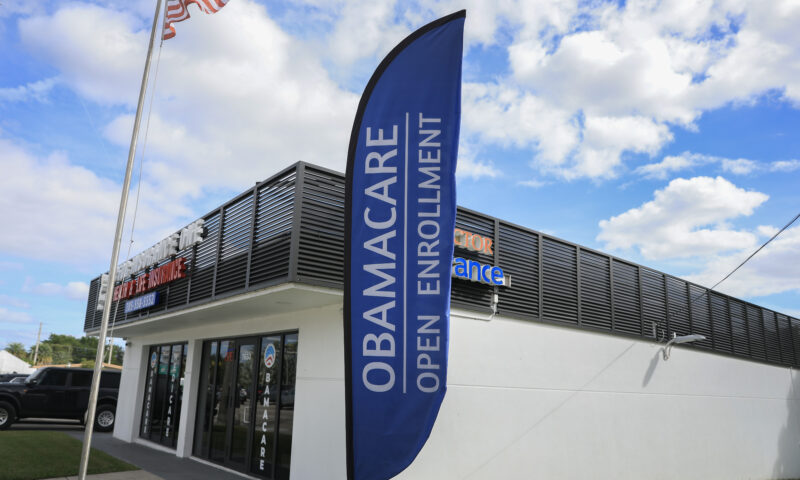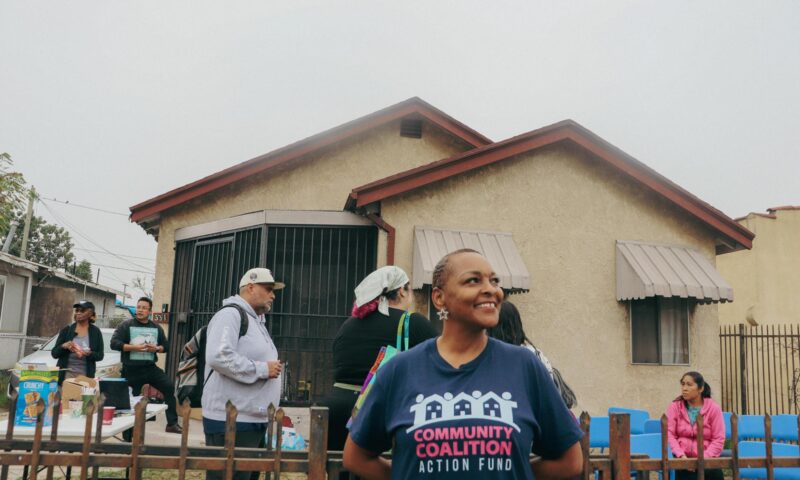Zulene Mayfield took a seat in front of a panel of legislators. Behind her, audience members were dressed in purple t-shirts and hoisted signs above their heads. On an overcast day in early March, she was there to urge members of the Pennsylvania House Environmental and Natural Resource Protection Committee to pass HB 109, a bill that would establish protections for communities overburdened by industrial pollution — communities like hers.
Mayfield is from Chester, a city of 34,000 just 15 miles southwest of Philadelphia, which is widely known as an environmental justice community — one where residents, predominantly low-income people of color, have faced disproportionate exposure to environmental hazards.
It’s home to a paper plant, a waste incinerator, a sewage treatment facility and neighbors a natural gas processing hub, which choke the air with nitrogen oxides and particulate matter. The community has twice the asthma rate of the rest of the state, and the highest rate of infant mortality in Pennsylvania.
The room was packed — an unlikely occurrence for such informational hearings, often held in sterile meeting spaces in the halls of the state Capitol, where the few who attend are generally lobbyists and political staffers. This hearing, however, was held miles from Harrisburg, where it was met by a different crowd — advocates and residents calling on lawmakers to accomplish something the state has been attempting to do for years.
“Our children literally cannot breathe, and the [Pennsylvania] Legislature … has done nothing,” said Mayfield, who co-founded the grassroots advocacy group Chester Residents Concerned for Quality of Living 33 years ago. “We are asking the Legislature to do their part.”
The bill’s impact on environmental justice communities would be multifold. It would require the Pennsylvania Department of Environmental Protection to hold public hearings for projects proposed in environmental justice areas and would require the applicants for those projects in environmental justice areas to submit cumulative impact reports assessing how their proposal interacts with existing industrial pollution in the area. It also would give the department the authority, though not the objective, to deny project permits based on those cumulative environmental impacts. The legislation applies to anything considered a major source of air pollution, such as landfills, coal mines and electric generators, or of water pollution, such as sewage treatment plants.
The bill cleared the House Environmental and Natural Resource Protection Committee in April along party lines. It has yet to be called for a floor vote in the House, where Democrats hold a majority and are currently passing a flurry of bills before June 30, the state budget deadline. If that happens, it must also clear the Republican-controlled Senate, where it will face an uphill battle.
Similar legislation has been introduced in the past with little success. Between 2019 and 2024, more than two dozen pieces of legislation mentioning environmental justice were introduced in Harrisburg. All but one died in committee. The one that made it out of committee — a bill introduced by former Rep. Donna Bullock (D-Philadelphia) in 2023, after which HB 109 is modeled — was never brought to a floor vote.
“The bill has failed in the past, but the pressure has not been as great as it is now.”
~ Tracy Carluccio, Delaware Riverkeeper Network
“This bill would be just a good solid tool to give DEP something they should already have now,” the bill’s author, Rep. Greg Vitali (D-Delaware), told Capital & Main. “It’s just protecting people’s health. That’s the whole point of the bill.”
Vitali believes the legislation has stalled in the past because of the influence of powerful industries. Indeed, trade groups from the fracking, chemical and plastics and agriculture industries have all opposed HB 109, according to letters sent to the House Environmental and Natural Resource Protection Committee, which Vitali chairs.
Yet, it’s the quiet opposition from Pennsylvania’s building trades that Vitali fears could halt Democratic House leadership from moving the bill — though the majority of attempts at environmental justice legislation have come from within their own party.
HB 109 comes at a time when the phrase “environmental justice” is becoming increasingly partisan at the federal level. The March hearing in Chester came a little over a month after newly inaugurated President Donald Trump issued two executive orders striking federal environmental justice protections, one that ordered the dismantling of environmental justice offices in the same blow that it did diversity, equity and inclusion initiatives. Several weeks later, U.S. Attorney General Pam Bondi sent a memo to staff ordering them to terminate environmental justice programs and jobs.
So far this session, HB 109 has yet to get further than its predecessors did in the past. As the Trump administration engages in an assault on environmental justice, states have the opportunity to express their opposition by standing firm. Whether Democrats in Pennsylvania will do so — or run the risk of alienating their base by staying quiet — is an open question.
“The bill has failed in the past, but the pressure has not been as great as it is now,” said Tracy Carluccio, deputy director of the Delaware Riverkeeper Network.
“This bill could have its moment now where it could actually be passed in Pennsylvania,” she said. “Because the states are really the last refuge.”
* * *
The March hearing in Chester was far from the first time Mayfield has sat in front of state legislators on behalf of her community and others like it. It is estimated that there are close to 2,000 environmental justice communities in the state.
She spoke to a panel of legislators in August 2023 to dissuade them from endorsing a new liquified natural gas terminal in her area. Decades before, she testified before the state House Judiciary Committee in 1995 when an infectious waste facility was slated for Chester. The next year, her advocacy group sued state regulators, alleging they had violated the Civil Rights Act in permitting more waste-processing facilities in predominantly Black neighborhoods compared to predominantly white ones.
“In granting permits, the state never inquired into the nature of the community or the number of other facilities in the area,” said the late Jerome Balter, then-lawyer with the Public Interest Law Center of Philadelphia, on behalf of Chester Residents Concerned for Quality of Living.
While the environmental justice movement in the U.S. is typically traced back to the 1980s, the term showed up infrequently in legislative language in Pennsylvania until the mid-2010s. In 2016, Bullock, who later authored a bill similar to the current environmental justice bill, drafted a resolution that called for honoring the principles of environmental justice. Though purely symbolic, the resolution faced a Republican majority in the House and did not make it out of committee.
Attempts to enshrine environmental justice into law have been only slightly more successful in the executive branch. In 1999, the state formed an Environmental Justice Working Group, which authored a 2001 report with a slate of recommendations. Among them: that regulators hold public meetings about projects proposed in environmental justice areas; that regulators consider the cumulative impact of proposed projects in those areas; and that regulators seek the authority to deny permits based on this analysis. Vitali’s bill is still attempting to do the very same.
In 2004, the state Department of Environmental Protection authored an Environmental Justice Public Participation Policy that acted on some of these recommendations. It urged the Department of Environmental Protection and companies applying for permits to communicate clearly with environmental justice communities via plain-language notices and public meetings. Yet it fell short of mandating these things.
It is estimated that there are close to 2,000 environmental justice communities in Pennsylvania.
David Hess, secretary of the Department of Environmental Protection between 2001 and 2003, said the state was early to the conversation around cumulative impacts. Though the 2004 policy was not legally binding, Hess said the work that went into it “did have a major impact on how DEP interacted with communities in the permit process.”
Even so, he said, “DEP gets 40,000 permits or so in the door every year and just a tiny percentage of those ever involve public hearings and even fewer public meetings.” Hess fears that, at the agency’s current funding level, requiring the DEP to host public hearings for every proposed project in an environmental justice area “would be impossible.”
In 2023, Democratic Gov. Josh Shapiro’s administration published an interim final environmental justice policy that superseded the one from 2004, completing a task mandated by a 2021 executive order from his predecessor, Democrat Tom Wolf, which led to the creation of the state’s Office of Environmental Justice. But that policy failed to require industrial operators to change their processes in any meaningful way, instead encouraging them to “note that the project … crosses into an [Environmental Justice] area” on their permit applications and “provide a short description of the anticipated direct and indirect environmental impacts from the project.”
“One of the largest question marks left from this policy update is the unrelenting use of words such as ‘should’ or ‘may,’” wrote Maya K. van Rossum, leader of the Delaware Riverkeeper Network, in a comment at the time. “If these qualifiers are allowed to remain in the document, it seems as though the draft policy is largely aspirational and would have very little practical effect.”
Some opponents of the policy acknowledged that it fell short of mandating polluters to do anything. “The policy carefully states that … no obligations are imposed on regulated entities,” wrote a group of Republicans serving on Vitali’s environmental committee at the time. Yet they opposed it anyway. “There are many very concerning issues with the policy, but at a basic level, we do not believe that it is acceptable for the government to be treating citizens and businesses differently based on where they happen to live within our state.”
Carluccio, of the Delaware Riverkeeper Network, doesn’t mince words: In the nearly two years since it was adopted, she said, “The policy has not moved the needle on environmental justice considerations in Pennsylvania.”
But she believes HB 109 would finally do that.
“We had a lot of miners who passed away from black lung. But my fear is, if we just stop all development in an area, you’re never going to get any better.”
~ Pennsylvania State Rep. Tim Twardzik
Edith Abeyta, a 59-year-old artist living in North Braddock, a small, low-income borough east of Pittsburgh, said the bill “would have really been helpful,” in 2014, when she found herself fighting a set of proposed fracking wells in her community. The region is home to the 150-year-old U.S. Steel Edgar Thomson Works, and Abeyta and her neighbors feared fracking would pose additional health and environmental risks atop those of legacy steel production.
“If there was a bill like HB 109 … then there would have been consideration from the DEP that, like, ‘would this be a good site for potentially 16 to 30 frack wells for 25 years when this is already a location of a major source polluter?’” Abeyta said.
She and her neighbors worked for years wrangling regulatory agencies for information. But it wasn’t until she was put in touch with the DEP Office of Environmental Justice that her efforts started to pay off. Though the office was clear that all it could do was send her information, Abeyta at least had a point of contact. The office also created a website where it posted updates on the fracking project and held an informational meeting between community members and the companies involved. Up until that point, fighting the fracking well permits required “sheer desperation and tenacity,” she said. In 2021, U.S. Steel announced it had cancelled the fracking project.
North Braddock, along with the rest of Pittsburgh, is a liberal island surrounded on all sides by conservative-leaning areas, where Republican state lawmakers have historically opposed environmental justice policy. In 2023, two members of Senate leadership from southwestern Pennsylvania, state Sen. Kim Ward (R-Westmoreland County) and Sen. Joe Pittman (R-Indiana County) co-authored a comment urging the Department of Environmental Protection to “immediately withdraw” Shapiro’s environmental justice policy, arguing it added needless layers of regulation that would have a “chilling effect” on “economic growth in Pennsylvania.”
Both senators have environmental justice areas in their districts. Walter Tsou, board member of Physicians for Social Responsibility Pennsylvania, said many of the state’s environmental justice areas are predominantly white, rural communities, where people are living alongside oil, gas and coal development. “No one really talks about [these areas] as environmental justice,” he said.
The district of Rep. Tim Twardzik (R-Schuylkill County), located in the depths of anthracite coal country, fits the description. Though Twardzik, who serves on the environmental committee that passed the bill, voted against it, he said he’s sympathetic to health concerns stemming from proximity to dirty industries. But he said he fears HB 109 could hurt local economies and introduce a double standard for operators.
“We had a lot of miners who passed away from black lung,” Twardzik said. “But my fear is, if we just stop all development in an area, you’re never going to get any better.”
Vitali said that HB 109 was modeled after a similar bill in New Jersey that was approved in 2020. That law goes a step further by requiring state regulators to deny permits for projects in overburdened communities. Supporters argue that, in the years since it passed, it has not hurt the state’s economy.
Rather, Pennsylvania’s environmental justice working group wrote in its 2001 report that environmental justice rules have the potential to “facilitate economic development … through the remediation and restoration of contaminated sites.”
Mayfield is less concerned about the health of businesses in her area than she is about the health of her neighbors. And though HB 109 would offer protections that have been floating around the state for more than two decades — protections she urgently supports — she’s not starry eyed. For instance, the bill wouldn’t do anything to mitigate past harms, or protect her from existing infrastructure that she fears has already poisoned her friends.
“It does nothing for that,” she said. “No bill is ever perfect.”
Copyright 2025 Capital & Main


 The SlickNovember 14, 2025
The SlickNovember 14, 2025
 Latest NewsNovember 11, 2025
Latest NewsNovember 11, 2025
 The SlickNovember 12, 2025
The SlickNovember 12, 2025
 Column - State of InequalityNovember 13, 2025
Column - State of InequalityNovember 13, 2025
 Latest NewsNovember 19, 2025
Latest NewsNovember 19, 2025
 Latest NewsNovember 18, 2025
Latest NewsNovember 18, 2025
 Latest NewsNovember 17, 2025
Latest NewsNovember 17, 2025
 The SlickNovember 18, 2025
The SlickNovember 18, 2025

